Fasting in Catholicism: A Journey Through Tradition and Modern Practice
Table of Contents
- Introduction: The Significance of Fasting in the Catholic Faith
- A Historical Glimpse: Fasting in the Early Church and Through the Ages
- The Current Discipline: Canon Law and the Nuances of Fasting Today
- Practical Examples: Navigating Fasting in Daily Life
- Beyond the Basics: Spiritual Dimensions and Deeper Meanings
- Fasting on Ash Wednesday: Beginning the Lenten Journey
- Fasting on Good Friday: Reflecting on Christ’s Sacrifice
- Lenten Fasting Rules: A Season of Introspection and Growth
- Catholic Fasting Prayers: Nourishment for the Soul
- Conclusion: Embracing the Tradition with Intention and Purpose
1. Introduction: The Significance of Fasting in the Catholic Faith
As Catholics, we are called to a life of faith that is both deeply personal and richly communal. Within this journey, the practice of fasting holds a unique place. It’s a discipline that connects us to the earliest Christians, strengthens our spiritual resolve, and deepens our relationship with God. This article will explore the historical context of fasting, outline the current rules as defined by Canon Law, provide practical examples, and delve into the spiritual significance of this ancient practice.
2. A Historical Glimpse: Fasting in the Early Church and Through the Ages
Fasting is not a new concept within Christianity. It’s a practice rooted in the Old Testament, where figures like Moses and Elijah fasted as a sign of repentance and seeking God’s guidance. Jesus himself fasted for 40 days in the wilderness, setting an example for his followers.
In the early Church, fasting was a central part of Christian life. While specific practices varied, the general principle was to abstain from food for a certain period, often in preparation for important feasts or as a sign of penance. Over the centuries, the Church formalized these practices, establishing guidelines for fasting that were both spiritually meaningful and practically manageable.
3. The Current Discipline: Canon Law and the Nuances of Fasting Today
Today, the Catholic Church’s rules on fasting are primarily outlined in the Code of Canon Law. While the tradition of fasting is ancient, the specific regulations have evolved over time. Currently, the law of fasting binds Catholics from the age of 18 until the beginning of their 60th year.
The most prominent days of fasting in the Catholic Church are Ash Wednesday and Good Friday. On these days, the faithful are permitted to have one full meal, as well as two smaller meals that together do not equal a full meal. Some amount of food may be taken at any time, but not between meals. Liquids are allowed.
In addition to fasting, the Church also emphasizes abstinence, which is the practice of refraining from eating meat. This applies to all Fridays during the year, as well as Ash Wednesday and Good Friday, for those 14 years of age and older.
Can. 1250 The penitential days and times in the universal Church are every Friday of the whole year and the season of Lent.
Can. 1251 Abstinence from meat, or from some other food as determined by the Episcopal Conference, is to be observed on all Fridays, unless a solemnity should fall on a Friday. Abstinence and fasting are to be observed on Ash Wednesday and Good Friday.
Can. 1252 The law of abstinence binds those who have completed their fourteenth year. The law of fasting binds those who have attained their majority, until the beginning of their sixtieth year. Pastors of souls and parents are to ensure that even those who by reason of their age are not bound by the law of fasting and abstinence, are taught the true meaning of penance.
Can. 1253 The conference of bishops can determine more precisely the observance of fast and abstinence as well as substitute other forms of penance, especially works of charity and exercises of piety, in whole or in part, for abstinence and fast.
4. Practical Examples: Navigating Fasting in Daily Life
For many Catholics, the idea of fasting might seem daunting. However, it’s helpful to remember that fasting is not simply about going hungry. It’s about intentionally choosing to forgo certain things in order to focus more deeply on God.
Here are some practical examples of how one might observe the current fasting guidelines:
- A typical fasting day: You might have a light breakfast, a more substantial lunch, and a small evening meal. The key is to ensure that the two smaller meals combined do not equal the size of the main meal.
- Abstinence from meat: On days of abstinence, Catholics often choose to eat fish, vegetables, or other non-meat options. Many parishes even organize “fish fries” on Lenten Fridays as a community event.
- Beyond food: While the traditional focus of fasting is on food, the principle of self-denial can be applied to other areas of life. For example, some people choose to fast from social media, television, or other forms of entertainment during Lent.
Would you like to stay close to the Holy Eucharist all day long?
Now you can, I have 8 Holy Eucharist Wallpapers for you, so you can stay connected with Jesus Christ anywhere you are!
5. Beyond the Basics: Spiritual Dimensions and Deeper Meanings
At its core, fasting is a spiritual discipline. It’s a way of humbling ourselves before God, acknowledging our dependence on Him, and opening ourselves to His grace. By denying ourselves certain things, we create space for God to work in our lives in new ways.
Fasting can also be a powerful form of prayer. When we fast, we are essentially saying to God, “I am so serious about this that I am willing to forgo even my basic needs in order to seek your will.” This kind of intentional sacrifice can be a powerful way to deepen our communication with God.
Moreover, fasting can be an act of solidarity with those who are less fortunate. By experiencing a small degree of hunger, we can gain a greater appreciation for the struggles of those who go without food on a regular basis. This can inspire us to greater acts of charity and justice.
6. Fasting on Ash Wednesday: Beginning the Lenten Journey
Ash Wednesday marks the beginning of the Lenten season, a 40-day period of prayer, fasting, and almsgiving. The imposition of ashes on the forehead symbolizes our mortality and the need for repentance. On Ash Wednesday, Catholics are called to observe both fasting and abstinence.
This day sets the tone for the entire Lenten season, inviting us to a deeper reflection on our relationship with God and a commitment to spiritual growth. The fasting on Ash Wednesday, along with abstinence from meat, underscores the seriousness with which we begin this sacred time.
7. Fasting on Good Friday: Reflecting on Christ’s Sacrifice
Good Friday is a day of profound sorrow and reflection as we commemorate the crucifixion and death of Jesus Christ. It is a day of intense fasting and abstinence, a way of uniting ourselves with Christ’s suffering. The fasting on Good Friday is not just about physical hunger; it is a spiritual hunger, a longing for God and a recognition of the immense sacrifice made for our salvation. It is a day to mourn our sins and to express our gratitude for Christ’s redemptive love.
8. Lenten Fasting Rules: A Season of Introspection and Growth
While Ash Wednesday and Good Friday are the principal days of fasting during Lent, the Church encourages all Catholics to embrace the spirit of fasting throughout the entire season. While the specific regulations of fasting (one full meal and two smaller meals) apply only to Ash Wednesday and Good Friday, the Fridays of Lent are days of abstinence from meat for those 14 and older.
Beyond these specific rules, Lent is a time for all Catholics to consider other forms of self-denial. This might include giving up a favorite food, limiting social media use, or making a conscious effort to simplify one’s life. The goal of Lenten fasting is not simply to observe the letter of the law but to cultivate a spirit of humility, repentance, and greater dependence on God.
9. Catholic Fasting Prayers: Nourishment for the Soul
Fasting is not merely an exercise of the body; it is a spiritual discipline that should be accompanied by prayer. While there are no prescribed “fasting prayers,” the Church encourages us to use this time of self-denial to draw closer to God through prayer and reflection. This might involve spending more time in personal prayer, attending Mass more frequently, or engaging in spiritual reading. Many find it helpful to reflect on scripture passages related to fasting, repentance, and God’s mercy. The act of fasting, combined with sincere prayer, becomes a powerful way to express our dependence on God and to seek his guidance and strength. The hunger we experience physically can serve as a reminder of our spiritual hunger for God.
These prayers can be adapted and personalized to your own needs and intentions:
- Before a Fast:
- “Lord, as I begin this fast, I offer it to you with a humble heart. May this act of self-denial draw me closer to you and open me to your grace. Help me to focus on your presence and to seek your will in all things. Amen.”
- During a Fast:
- “Jesus, during your 40 days in the wilderness, you showed us the power of fasting and prayer. As I experience this physical hunger, remind me of my spiritual hunger for you. Help me to use this time to reflect on my life, to repent of my sins, and to seek your forgiveness. Amen.”
-
For Guidance:
- “Holy Spirit, guide me during this time of fasting. Show me the areas of my life where I need to grow closer to God. Help me to discern your will and to follow your path. Amen.”
- For Strength:
- “Lord, I am weak, but you are strong. Give me the strength to persevere in this fast and to resist temptation. Help me to rely on your grace and to trust in your love. Amen.”
- After a Fast:
- “Thank you, Lord, for the blessings you have bestowed upon me during this fast. I offer you my gratitude for your presence
10. Conclusion: Embracing the Tradition with Intention and Purpose
Fasting is a rich and meaningful tradition within the Catholic Church. It’s a practice that connects us to our spiritual ancestors, strengthens our faith, and deepens our relationship with God. While the specific rules and guidelines are important, it’s equally important to approach fasting with the right intention and purpose.
Whether you are a seasoned faster or someone new to the practice, consider how you might incorporate this discipline into your life. With prayerful reflection and guidance, you can discover the unique ways in which fasting can enrich your spiritual journey.

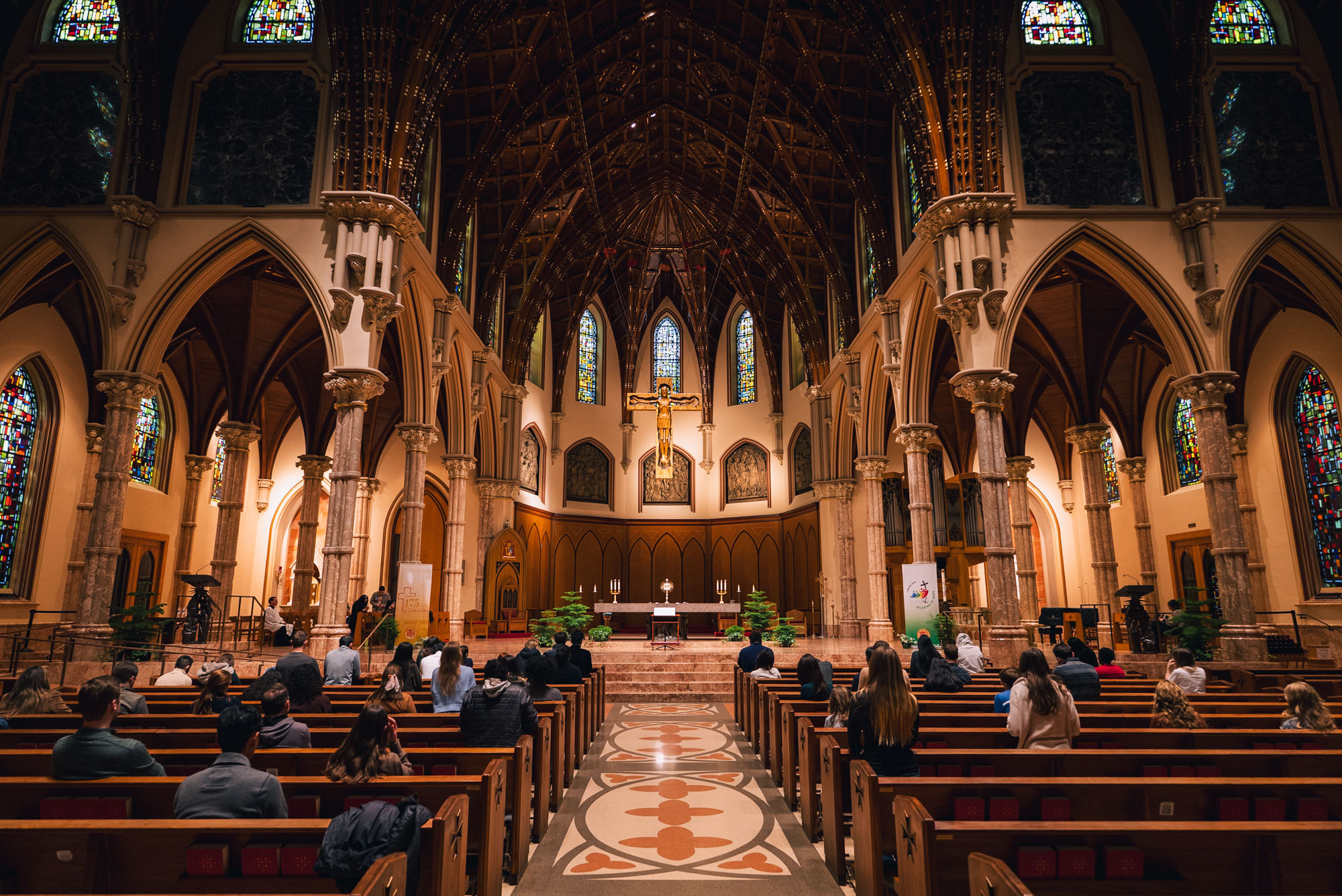
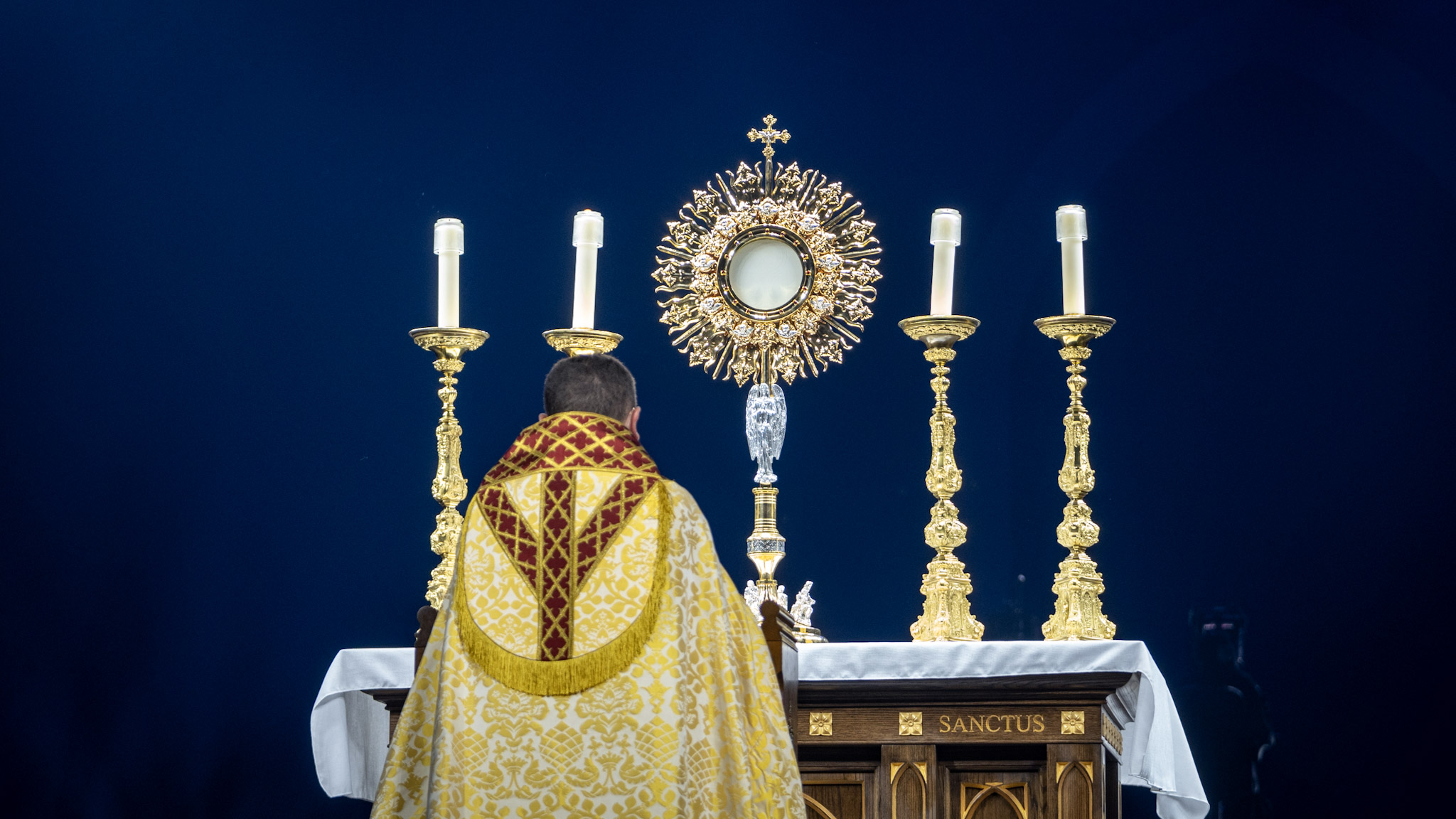

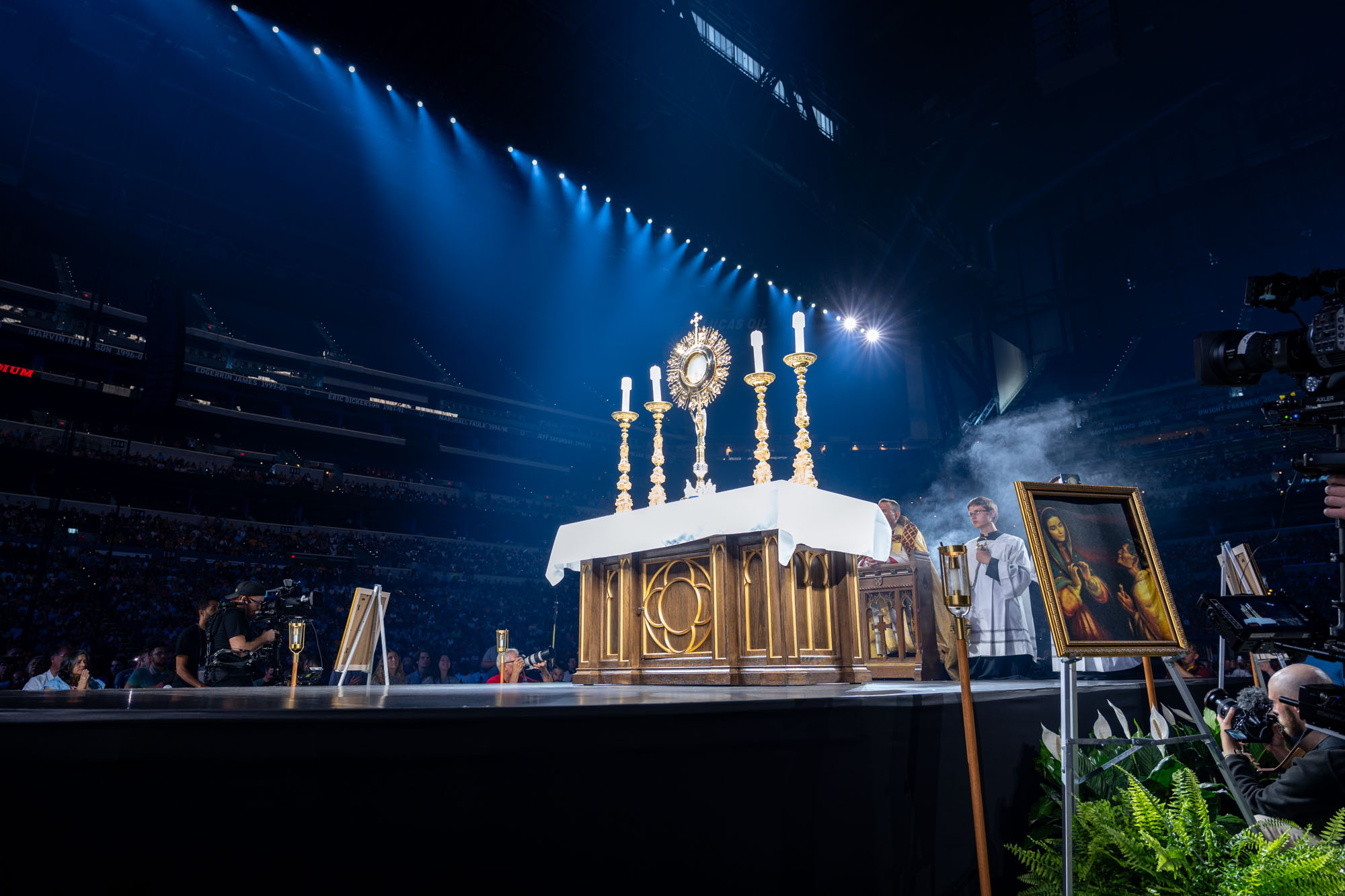

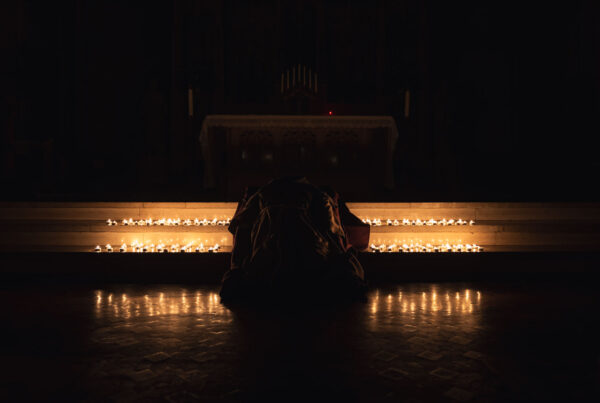
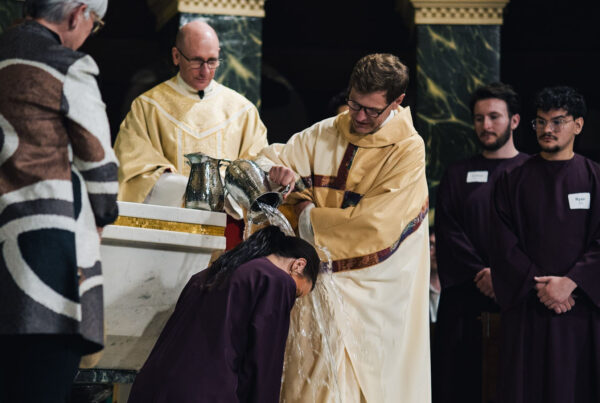

Hi, I am not a Catholic, but have great love and respect for Catholics, hence my going here for help. However, I don’t understand how eating three meals a day (albeit two of them small) is fasting. That’s what I do every day–coffee with heavy cream for breakfast, a good-sized, healthy lunch, and a very small dinner. Meaning NO disrespect, but there is, for me at least, no hunger or sacrifice in three meals a day.
Hello, thank you for honest opinion! Catholic Church give us guidance on fasting and how it help us temper our passions and “die to ourselves”. Fasting and prayer are very powerful tools in life on every Catholic! There is nothing wrong with having a coffee with heavy cream. But it’s not ideal when we are attached to it. God bless you!